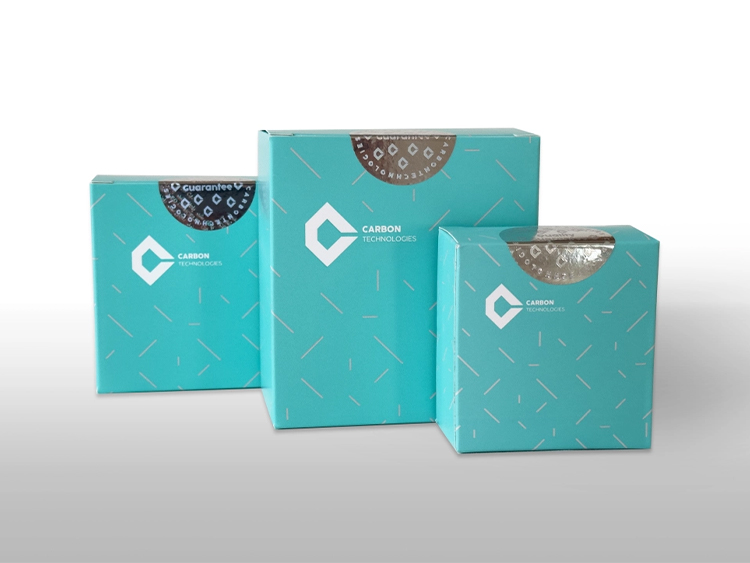
Intended Use
This product is used to quantitatively detect the hepatitis B surface antigen (HBsAg) in human serum and plasma. The assay kit is intended for in vitro diagnostic use.
Principle
This reagent is based on the double-antibody sandwich principle. Magnetic particles are coated with 4 anti-HBs murine monoclonal antibodies. The sample, reaction diluent, and magnetic microparticles are mixed for reaction, followed by washing. Then, the anti-HBs polyclonal antibody-acridinium ester-labeled complex is added so that the HBsAg in the sample and the anti-HBs antibody and anti-HBs polyclonal antibody-acridinium ester on magnetic microparticles form a complex of “magnetic microparticle anti-HBs antibody- HBsAg-antibody acridinium ester”. Then, the substances that fail to bind to magnetic microparticles are removed by washing, and pre-trigger solution and trigger solution are added to the reaction mixture. Then, the results of the chemiluminescent reaction are measured, which are expressed as relative luminous intensity (RLU). The concentration of HBsAg in the sample is positively correlated to the RLU value measured by the analyzer. The HBsAg content in the sample is calculated from the calibration curve.
Storage
The kit should be stored upright, not upside down or horizontally. Store at 2–8°C with a validity period of 12 months.